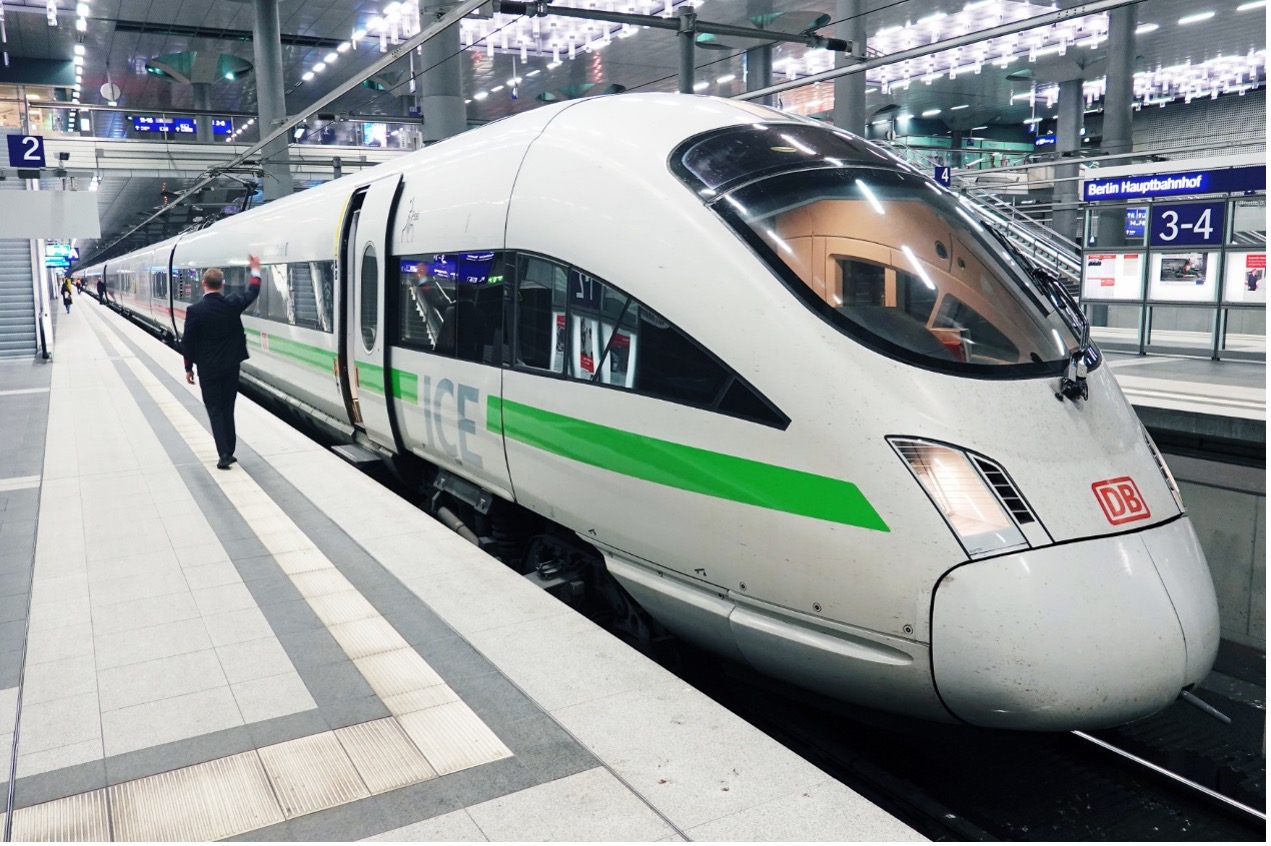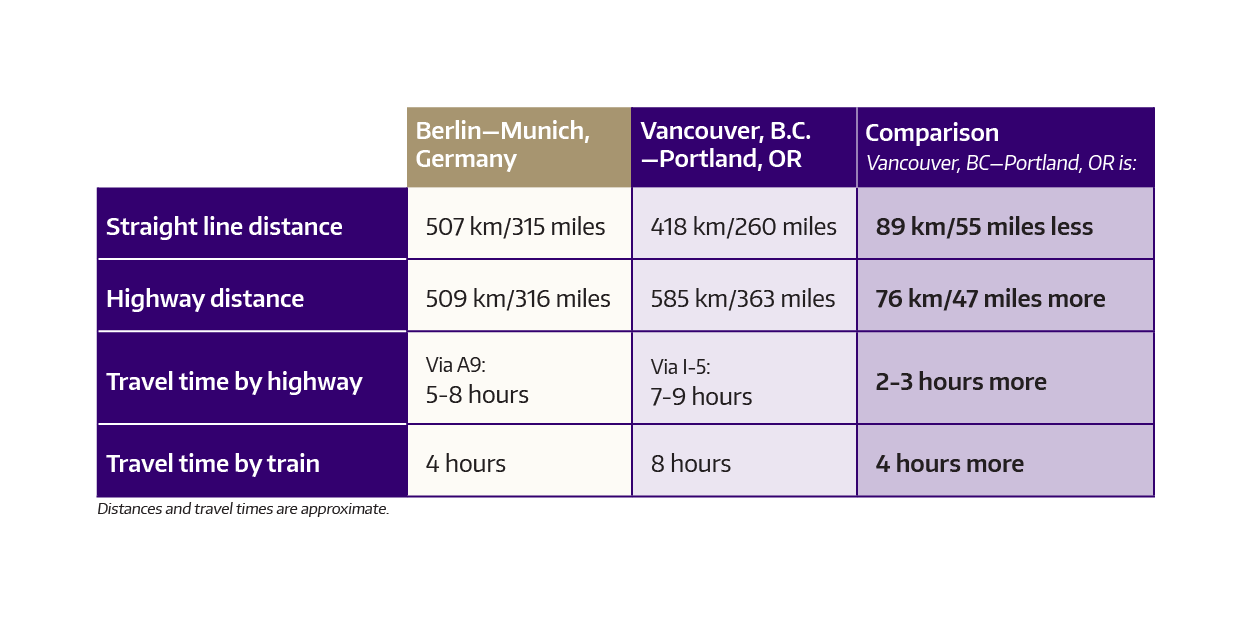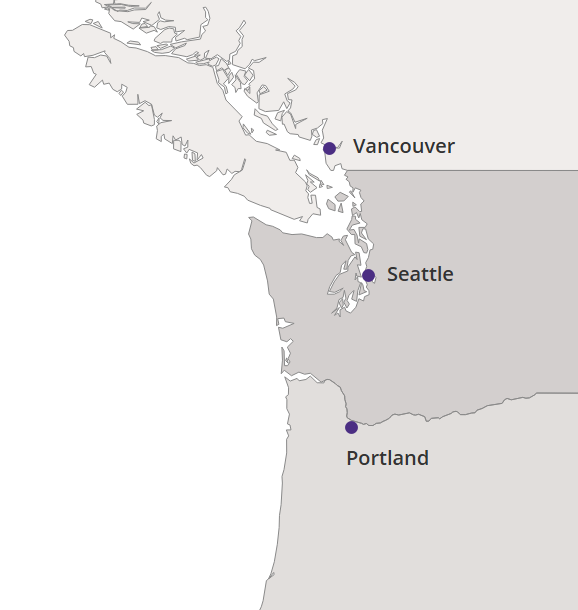
By Bart Treece, Director, Mobility Innovation Center
It’s no secret that this corner of the world is a very special place. The Cascadia Corridor that encompasses Vancouver, B.C., Seattle, and Portland is home to great cities, top industries, and gorgeous natural beauty. Looking toward a future with continued population growth in this region, momentum is building for a potential ultra-high-speed connection between these three cities. This year, the Washington State Legislature allocated $4 million to continue work on this vision and another $150 million to use as matching funds over the next six years to leverage federal funds available under the Infrastructure Investment and Jobs Act (IIJA).
There are aspirations to develop high-speed train travel in the United States, with the Acela Express line on the East Coast the only one to reach speeds of 150 miles per hour. California, Texas, and Florida have systems in various stages of development and construction. Projects with this type of size and complexity are not without challenges along the way.
Now that there is a significant funding commitment, how can an effort in Cascadia take the lessons learned and build on the success of others? That’s what a new Mobility Innovation Center project will examine, led by Dr. Jan Whittington of the Urban Infrastructure Lab, and Dr. Qing Shen, an expert in transportation planning and policy. The end result is intended to be helpful to agencies and decision-makers as they move forward with an innovative new way to travel in the region.
A reality in other parts of the world
About 20 years ago, I lived in southern Germany, just outside of Munich, and traveled every chance possible. Berlin was one of those places at the top of my list and I made a couple of trips –once by train, and the other driving on the autobahn. Even though there are portions without a highway speed limit, (130 kph/80 mph is the recommended speed), it’s still a long haul and delays are always possible. The train is hands down the best way to go, especially on an Intercity Express (ICE)!
To put it in a “Cascadia context,” the distance between Berlin and Munich, and Vancouver, B.C., and Portland are somewhat similar. Yes, there are different features in the Northwest and British Columbia with the mountains, water, and an international border crossing. However, the ICE train – with speeds up to 180 mph – covers a slightly greater distance than the Amtrak train in about half the time.

Ultra-high-speed rail can be done, we’ve seen it in other parts of the world. An hour-long trip between Vancouver, B.C. and Seattle, or Seattle to Portland would be a remarkable centerpiece for a system, but mirroring other networks with regional rail that provides frequent, safe, and reliable service would be a game changer for how we travel. Nobody has all the answers for how to do this, but if we can learn from preceding efforts, we can make the most of the resources we have and reach what’s possible.

Housed at CoMotion at the University of Washington, the Mobility Innovation Center helps partners scope near-term transportation projects that address critical challenges through data-based insights, creative ideation, and applied research.
Top image: ICE Train in Berlin Central Station copyright Deutsche Bahn AG/Volker Emersleben